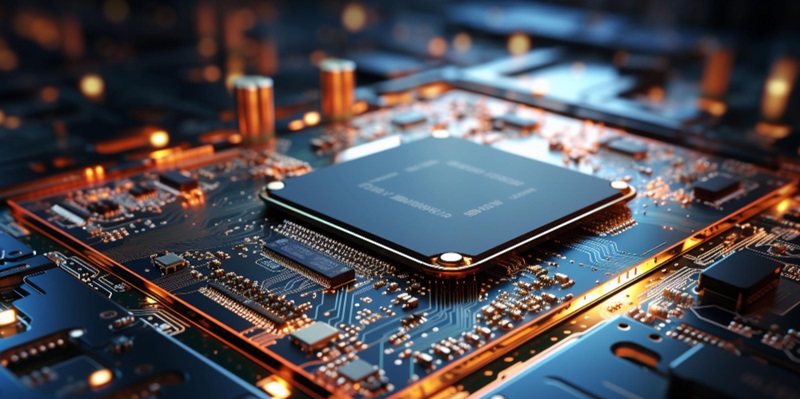The technology industry is perpetually evolving, with new advancements and upgrades being introduced regularly. However, in the world of computer chipsets, AMD has defied this trend with its current AM5 chipset. AMD’s commitment to providing a stable and long-lasting platform for its users is evident in its decision to continue supporting the AM5 chipset and motherboards until at least 2025. This article delves into the factors contributing to the success of Ryzen, AMD’s previous-generation chipset, and sheds light on the considerations for a potential next-generation socket beyond 2025. Additionally, we explore the compatibility of recent AMD Ryzen CPUs and the potential lifespan of the AM5 chipset.
AM5 chipset and motherboard support
AMD has officially confirmed its unwavering commitment to supporting the AM5 chipset and motherboards for years to come. Users can rest assured that their investment in AM5-compatible components will continue to be supported until at least 2025. This extended support is in line with AMD’s strategy to provide a stable and reliable platform, ensuring the longevity of its products.
The longevity of the AM4 platform and Ryzen’s success
One of the key elements behind the success of the AMD Ryzen processor was the longevity of the AM4 platform. The AM4 chipset reigned supreme for an impressive six-year period before being superseded by AM5. This extended lifespan allowed consumers to enjoy the benefits of regular CPU upgrades without the need for an entire system overhaul. The success of the AM4 platform has undoubtedly played a significant role in establishing AMD as a formidable competitor in the CPU market.
Considerations for a Next-Generation Socket
AMD is known for its cautious approach when it comes to transitioning to a new chipset and socket design. The decision to move beyond the AM5 chipset in the future is being carefully evaluated, taking factors such as compatibility, customer feedback, and industry demands into account. While nothing is set in stone, there are hints that the next-generation socket may not arrive until 2026 or later. This additional time allows AMD to thoroughly analyze market needs and ensure a smooth and efficient transition when the time is right.
Compatibility of recent AMD Ryzen CPUs
For consumers who have made recent investments in the AMD Ryzen 7000 CPUs, there is good news. These processors will continue to be compatible with future CPUs for at least three more years. This extended compatibility allows users to upgrade their CPUs without the need to replace the entire motherboard and chipset, minimizing cost and hassle. AMD’s commitment to backward compatibility reinforces their stance on providing cost-effective and user-friendly solutions to their customer base.
Importance of upgrading the processor and motherboard together
In typical scenarios, upgrading the processor necessitates replacing the motherboard as well, primarily when the chipset and socket change. This practice ensures optimal performance and compatibility with the latest technologies. However, AMD’s dedication to backward compatibility allows users to leverage their investments in motherboards compatible with the AM5 chipset and gradually upgrade their CPUs without the need for a complete system overhaul.
Comparison to the previous-generation chipset
The AM4 chipset’s remarkable six-year reign was unprecedented in the industry. This extended support gave users the freedom to enjoy AMD’s latest processor releases without constantly replacing their motherboards. Considering this track record, it is plausible that the extended support for AM5 could mean it remains in use until 2028 or beyond. This longevity, combined with AMD’s commitment to stability and backward compatibility, enhances the value proposition for consumers.
Compatibility with next-generation Zen processors
Looking ahead, there is confirmation that the next-generation Zen 5 processors, potentially known as Ryzen 8000 or 9000 series, will be compatible with the AM5 chipset. This compatibility ensures that users who invest in the AM5 platform will have the opportunity to benefit from future advancements in CPU technology without the need for major hardware changes.
AMD’s commitment to providing a long-lasting and stable platform for its customers is evident in its AM5 chipset strategy. The extended support until at least 2025, compatibility with recent CPUs, and potential lifespan until 2026 or beyond showcase AMD’s dedication to delivering value to its users. The success of the AM4 platform and the lessons learned from it have undoubtedly played a pivotal role in shaping AMD’s chipset offerings. As technology continues to advance, AMD’s careful decision-making regarding a potential next-generation socket beyond 2025 ensures that customers will benefit from the latest innovations without unnecessary disruptions.

